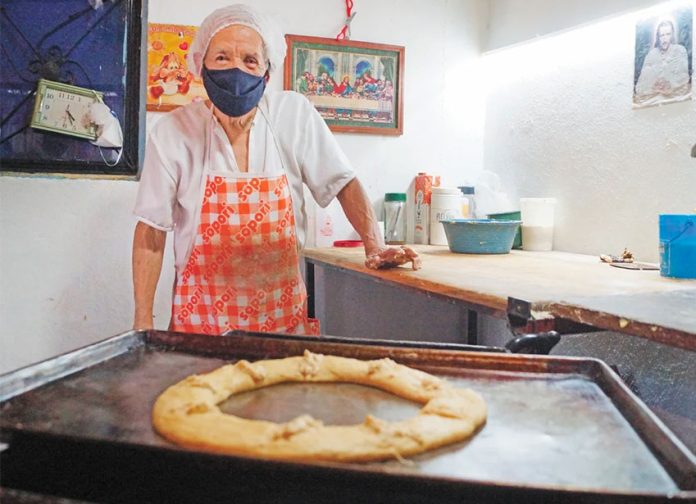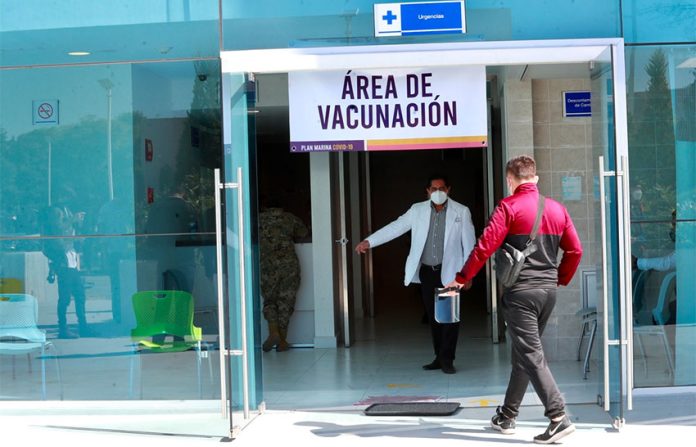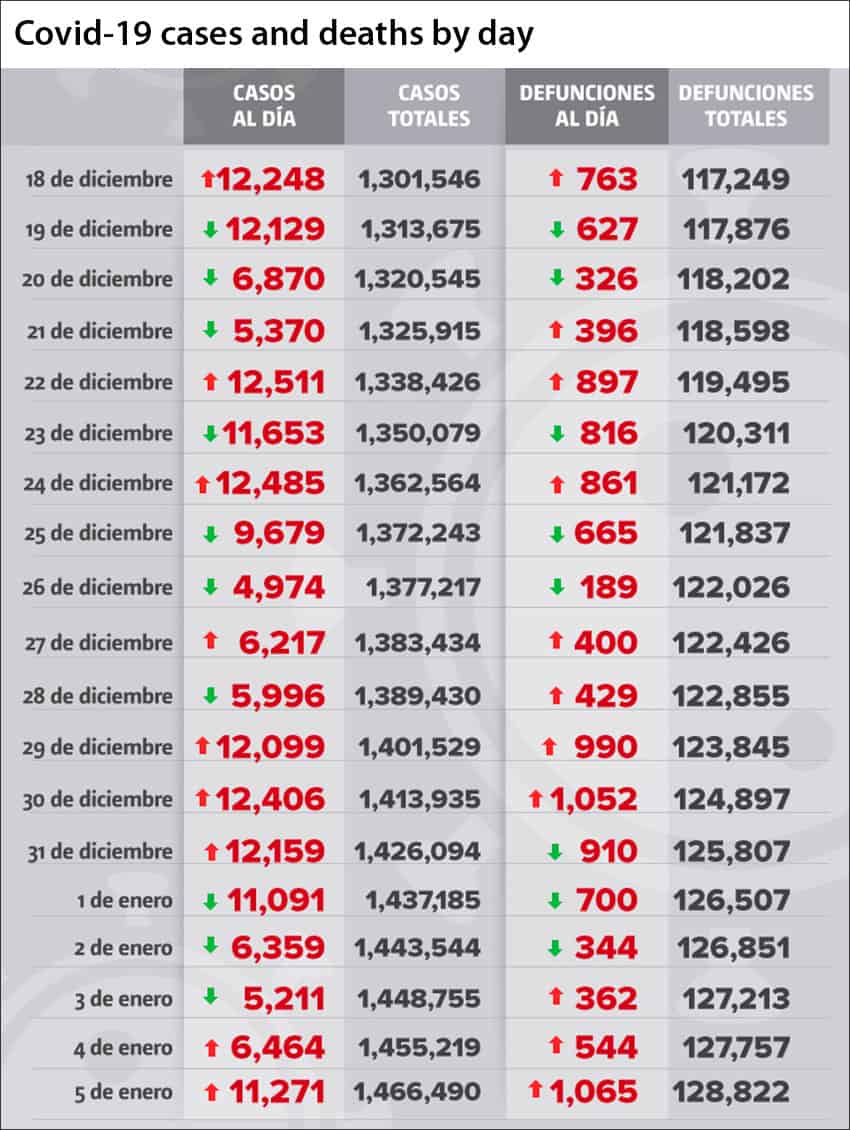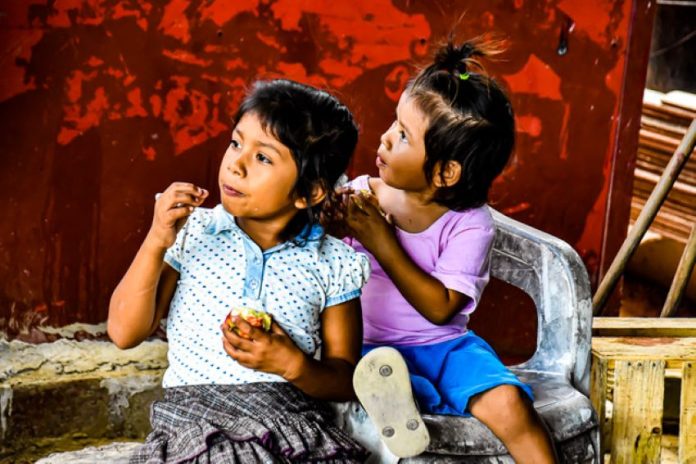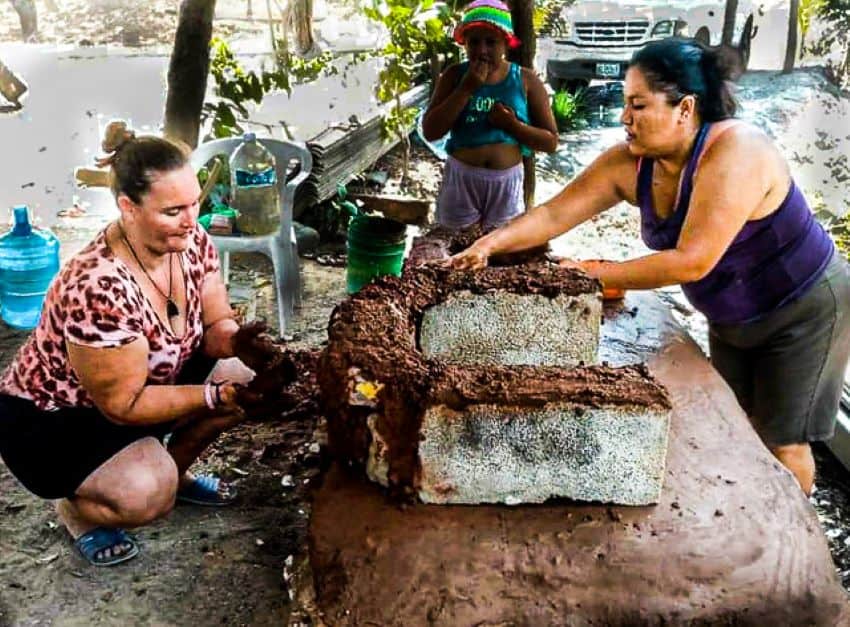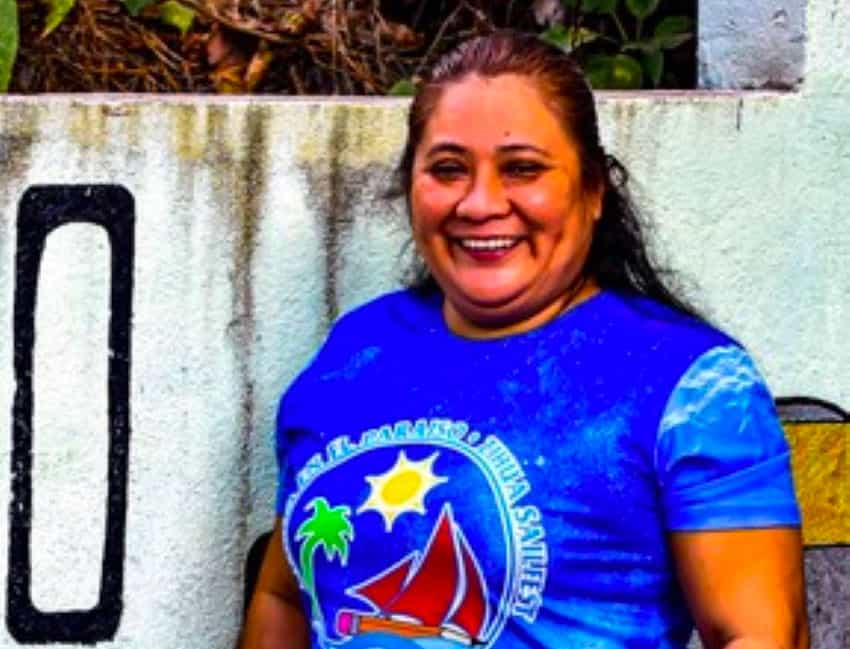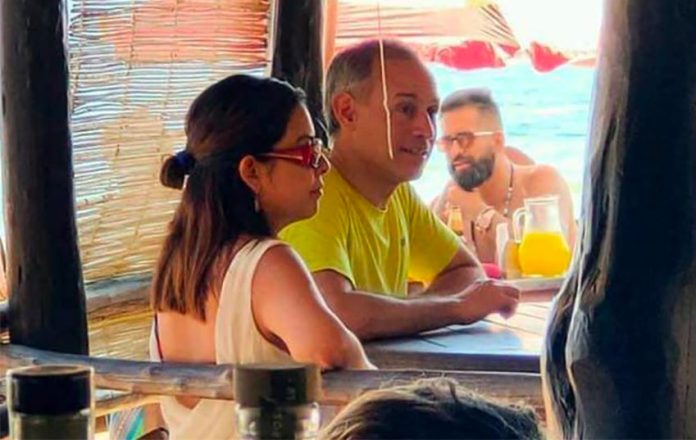Facing a New Year cash crunch, Pemex is running out of quick fixes to cover debt payments, and analysts warn that life-saving reforms are needed to the tax structure of the world’s most indebted oil company.
Mexico’s state oil company recently cashed in government notes earmarked to help plug vast pension liabilities. With that, it bought itself a breather from a US $2-billion debt payment due in January.
But even after that financial maneuver, which has raised $4.8 billion, Mexico’s biggest company will probably still have to issue debt in January and require further state aid in 2021.
“It’s a bigger and bigger hole,” said Simon Waever, strategist at Morgan Stanley.
“Oil production isn’t rebounding and the government doesn’t have as many revenues to play with,” he said. “Unless they are lucky and production picks up, they will need to consider other ways. A broader tax reform is the most realistic solution.”
Once a lucrative cash cow for the Mexican state, Pemex now limps from handout to handout from a government whose own resources were under severe strain even before Covid-19 pushed Mexico into its worst recession in a century.
Pemex is trapped in a Catch-22: most of its earnings go to the government in tax, leaving it too little to invest in boosting production and forcing it to use debt to finance capital spending.
Since the government has vowed not to increase Pemex’s $110.3-billion debt mountain, the company has had to keep going cap in hand for help.
“Pemex’s situation is much worse than everyone in the markets thinks,” said one former senior official.
“They’re burning through cash at the speed of light.”
Pemex’s tax burden has been reduced from 65% in 2019 to 58% this year and is set to fall to 54% in 2021. Last year it funded only 11% of the national budget, roughly a quarter of its contribution to government coffers in 2008.
But the government’s own dwindling sources of income, and its need to husband resources to fund priority social programs, means it will not yet entertain the comprehensive tax reform that Pemex needs to survive.
Pemex in mid-November swapped 129 billion pesos ($6 billion) in untradeable promissory notes given by the government for standard sovereign debt, and then cashed that in.
The promissory notes, a form of government IOU, had been intended to help reduce pension liabilities that Gonzalo Monroy, an energy analyst, reckons will widen from $77 billion in 2019 to $84 billion in 2020.
“They haven’t said how they monetized the bonds. Foreign ownership went up significantly [in November] so either they just sold them abroad [in the market] or, and I think more likely, they entered a repurchase agreement with foreign banks where they exchanged these new liquid government bonds with foreign banks and the foreign banks gave them cash with the promise that Pemex would buy them back in future,” said Waever of Morgan Stanley.
“They’re very good at finding creative ways [to refinance Pemex] and this is yet another one,” he added.
Pemex has tapped the promissory notes once before. Aaron Gifford, emerging markets sovereign analyst at T Rowe Price, said he believed Pemex had now exhausted them, boosting unfunded pension liabilities.
Still, by using sovereign debt, Pemex sent a signal of government backing to the markets.
Pemex’s debt has no explicit government guarantee. However, President López Obrador, an energy nationalist, has made clear he would do whatever it takes to rescue a company he remembers as a motor of national development from his youth in the southern oil state of Tabasco.
In another piece of assistance, the energy ministry recently imposed new rules on fuel imports, slashing import permits to five years from 20 years in a move that Mexico’s antitrust commission said would hamper private investment in the sector.
While Pemex raised $6.5 billion in 2020 it faces $6 billion in debt maturities in 2021.
Greg Magnuson, an analyst at Neuberger Berman, said the latest debt operation “could be a prelude to a return to market to address short-term maturities in the new year.”
Waever expects Pemex to issue $10 billion during the year, with a $5-billion sale in January.
A bond sale would probably go down well: Pemex debt was downgraded to junk this year, making it an attractive high yield in a negative interest rate world. Current yields on its benchmark bonds maturing in 2027 hovered around 5.4%, a sharp decline from roughly 8% at the start of November.
But analysts agree Pemex needs more than quick fixes.
“The ability to continually implement ad hoc, one-time support measures is going to diminish over time,” said Patti McConachie, a senior analyst at asset manager Columbia Threadneedle.
She saw just a “limited window” before the government would have to implement “sustainable change” for Pemex.
However, López Obrador has vowed not to implement tax changes in the first three years of his government as he seeks to keep his party’s legislative majority in midterm elections next June.
Rating agency Moody’s Investors Service estimates Pemex has $10 billion in negative cash flow and will somehow need to come up with nearly $15 billion next year.
But Aaron Gifford said that could be lower — a “manageable” $10 billion to $11 billion — if the company rolled over debt and kept production and investment flat. Data from CNH, the regulator, show Pemex’s production slumped 6% from January to October.
“They’re going to need support very soon in 2021,” he cautioned.
© 2021 The Financial Times Ltd. All rights reserved. Please do not copy and paste FT articles and redistribute by email or post to the web.

